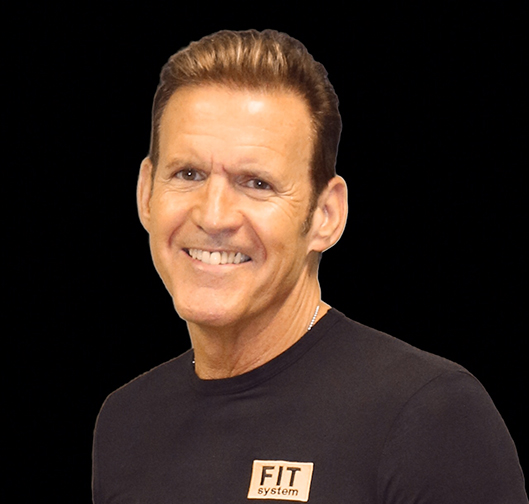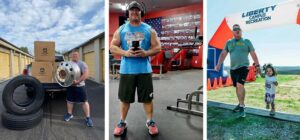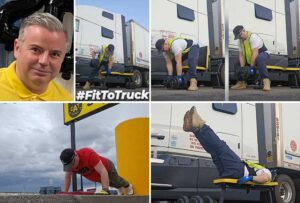Back pain not only discomforting; it’s costly, too. Lower back pain is one of the most common complaints we hear from drivers — and it’s one of the biggest culprits when it comes to missed days. It hurts during the day, and can keep you awake throughout the night.
Over-the-road drivers are especially susceptible to lower back pain. The job requires long periods of inactivity in the same position, which causes stiffness — then throw in lack of exercise and plenty of stress, both mental and physical.
According to a Canadian study, published in the December 2018 edition of the Journal of Transport & Health, almost 60% of truck drivers report experiencing musculoskeletal (MSD) pain and discomfort on the job.
“Given the fact that MSDs account for nearly one-half of all work-related illnesses and the transportation sector makes up a significant portion of that, understanding the risk factors associated with musculoskeletal disorders is important,” said lead author Sonja Senthanar, a doctoral candidate in the School of Public Health and Health Systems.
If you’re overweight, it will only make matters worse. It’s not like you can add an extra axle under your belly, so all that extra weight piles the stress on your back.
What can you do? Lose the extra load.
Here are a few tips to get you started. Remember, these are just guidelines. Before you start an exercise regimen, consult a medical professional.
Core strength and flexibility is vital. Muscles support and control the bones in your spine; it’s that simple. The areas that most often need improvement are weak abdominal muscles and tight hamstrings.
Walk it out. Before and after you walk, gently stretch your hamstrings. When you walk, stand up straight and concentrate on keeping your stomach muscles (core) active. By engaging your core muscles, you can transfer much of the weight of your upper body to your abs. Not only will you have less pressure and stress on your lower back, but it burns more calories, too.
Don’t get too comfortable. Leaning back and relaxing in the driver seat (or any seat, for that matter) puts a lot of pressure on your lower back. Use your core muscles whenever you can to support your torso and build muscle strength.
Changes won’t happen overnight, but incorporating a walk into your daily routine and remembering to sit up straight can really help.
Bob Perry is a regular contributor to The Trucker. He has spent nearly the past four decades on a mission to educate professional drivers and share life-changing products and services to help them live healthier lives while on the road. Recognized throughout the transportation industry, from bus drivers to over-the-road professional drivers, Perry has played an important role in creating a paradigm shift helping regulatory agencies, private and public sector entities, and consumers understand the current health challenges of the professional driver. He has participated as a wellness advocate in several roundtable discussions, large audience groups and small forums as well as going “curbside” through a national truck stop tour.
Bob’s articles have been featured in The Trucker and a number of other national transportation industry publications and is the host of a weekly wellness call produced by Rolling Strong. Bob has been a regular guest on RedEye Radio and Land-Line Radio, and is often an invited guest on Sirius radio shows. He has been featured in the New York Times, Men’s Health Magazine, Drug Store News, American Road Magazine, WSJ, NPR, ABC National Radio, as well as hundreds of daily newspapers. He has appeared on television news shows across the nation, including a featured TV segment on ABC NightLine News.












